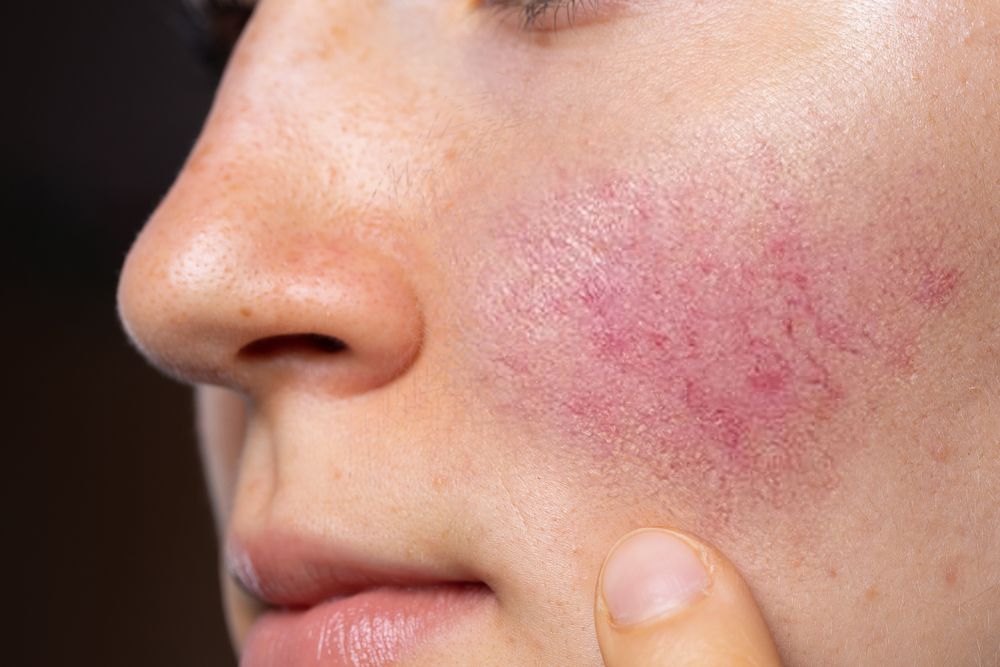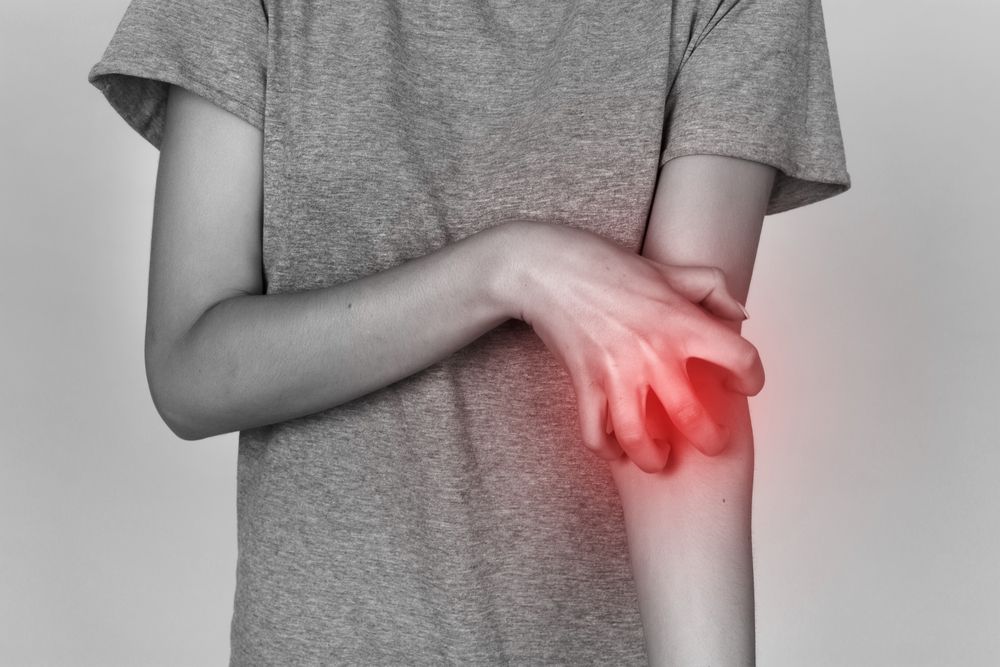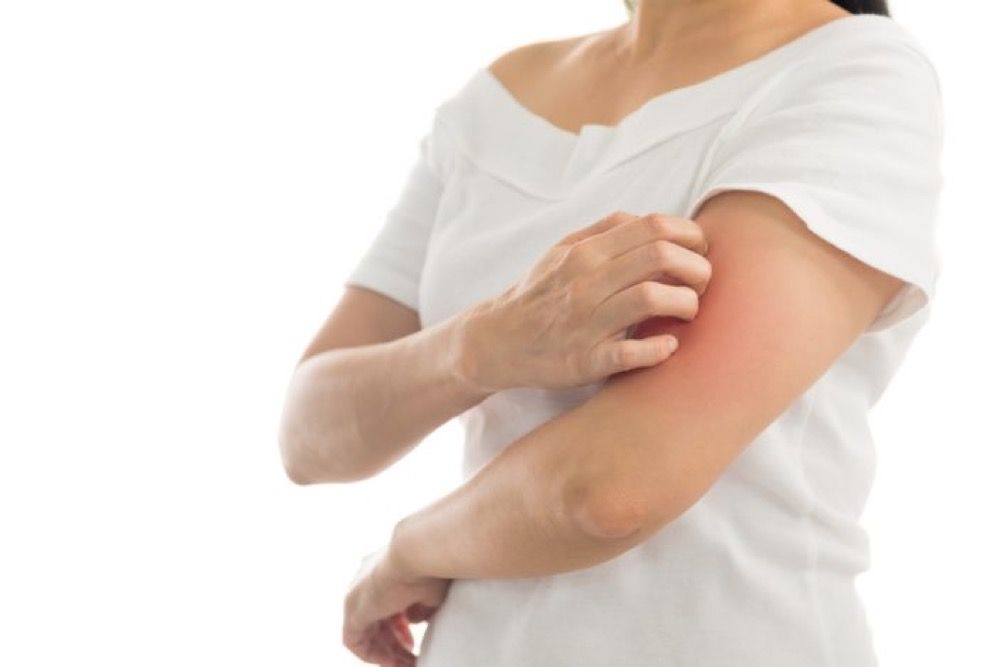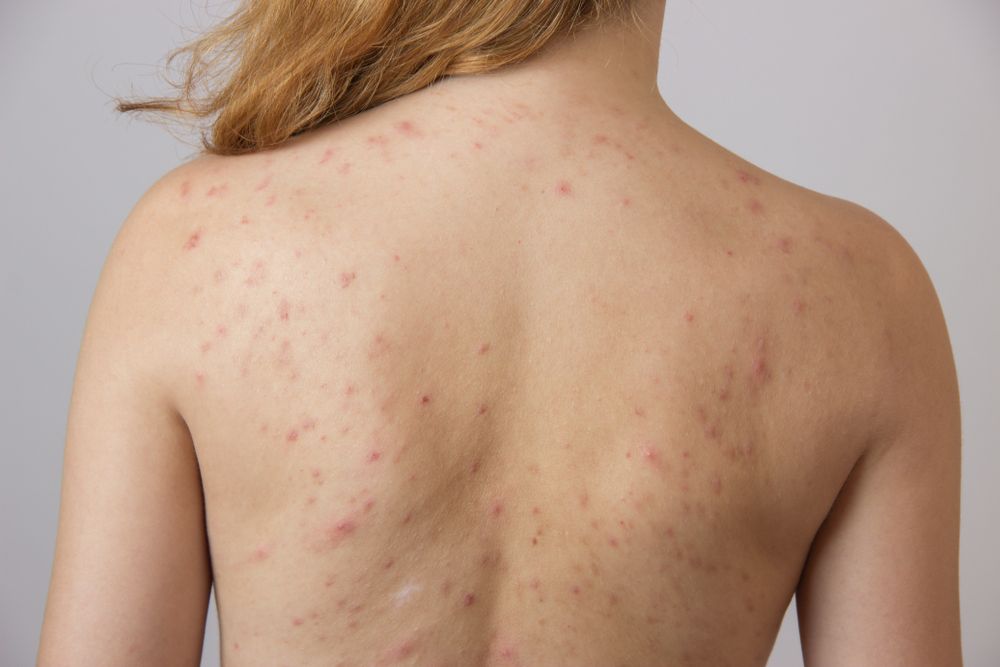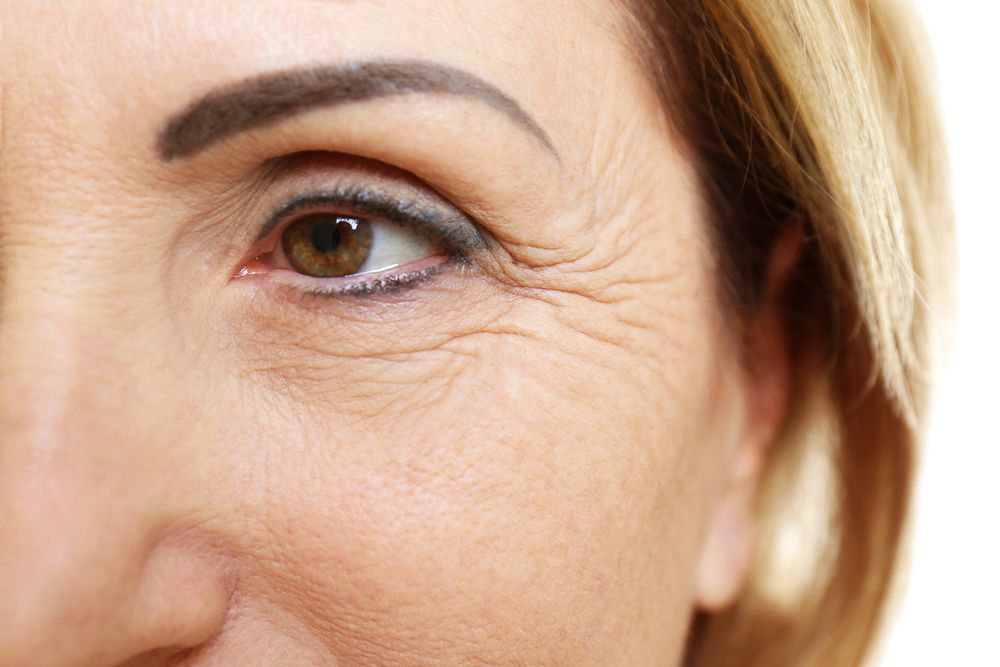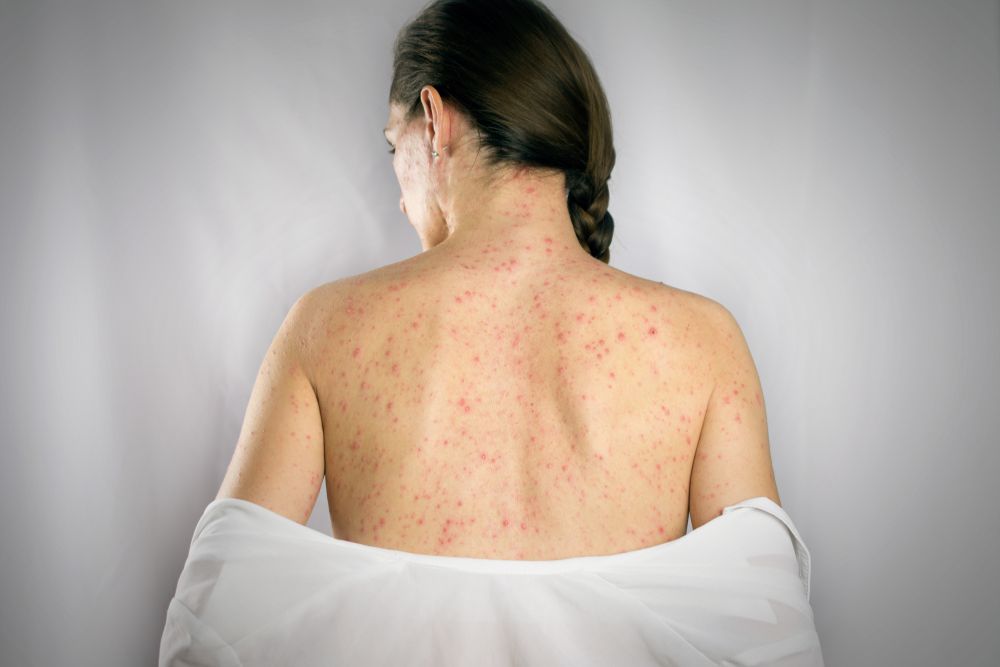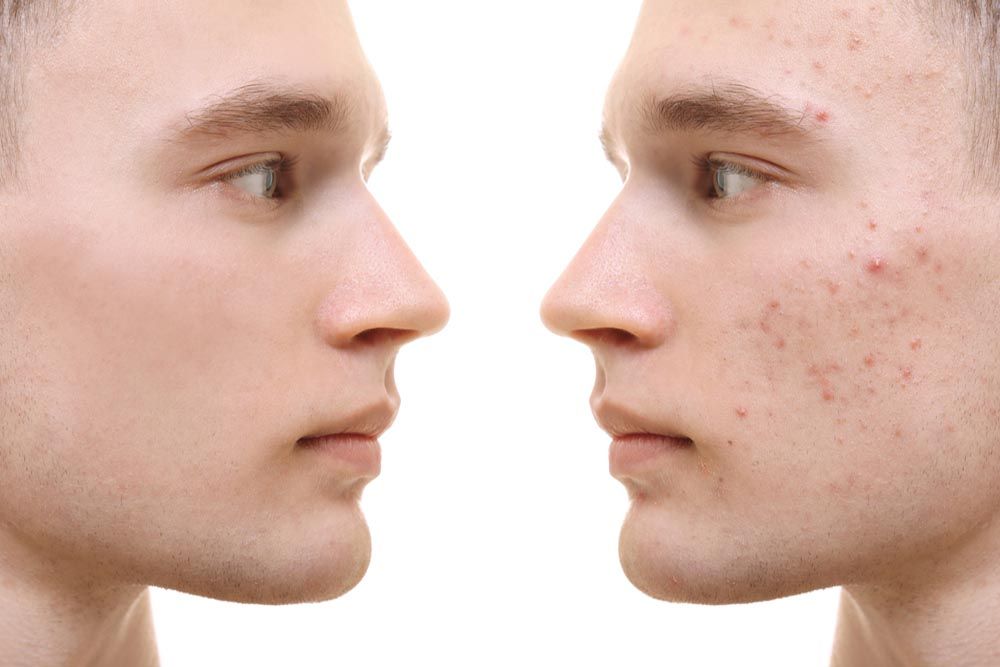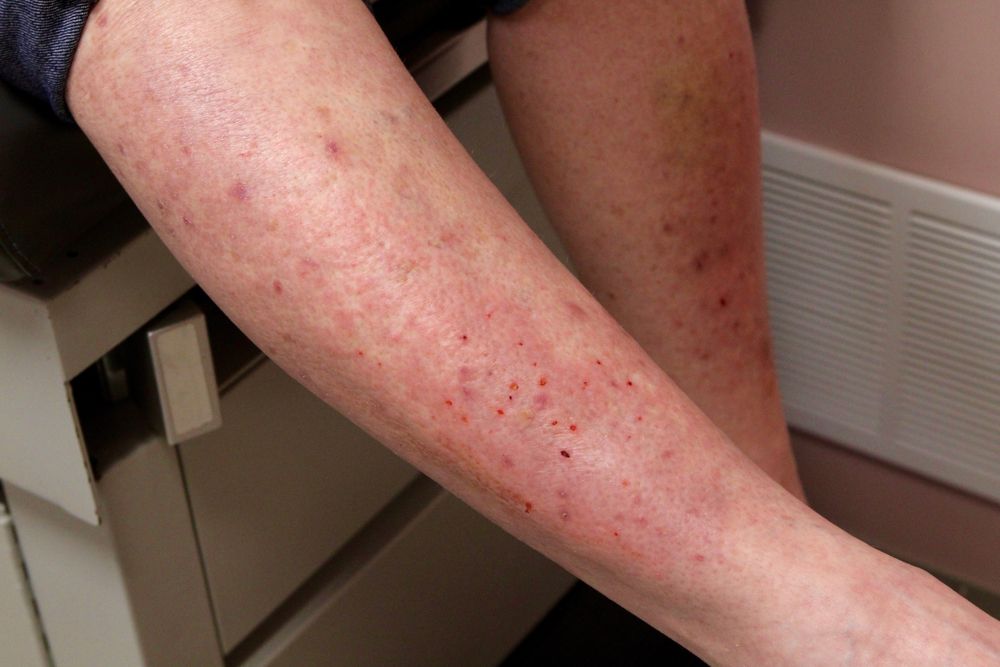Rosacea is a chronic and inflammatory skin disorder. (Learn More)
The cause of rosacea is not known, (Learn More) But there are some factors that can trigger the onset of the disorder. (Learn More)
Rosacea may occur in different phases. (Learn More) There are several different subtypes of the disorder. (Learn More)
There are steps you can take to address your symptoms. (Learn More) Laser or light treatments, (Learn More), medications, (Learn More) and natural approaches can treat the disorder. (Learn More)
There is no cure for rosacea, but a well-rounded program to manage symptoms can be successful. (Learn More)
What Is Rosacea?
Rosacea is a chronic disorder of the skin that results in inflammation of facial features, including the cheeks, nose, eyelids, chin, and/or forehead. It may produce significant redness and/or pus-filled bumps on the face that resemble acne.
Rosacea occurs more commonly in women, and it usually begins between the ages of 30 to 60. It is believed to affect millions of people in America.
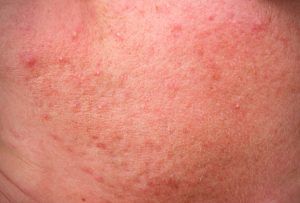
What Is the Cause of Rosacea?
Clinicians do not understand what causes rosacea. It may have a genetic component to it. Heredity may interact with environmental factors to produce the condition.
Certain risk factors are associated with developing rosacea, such as:
- Fairer skin.
- A tendency to blush
- A family history of rosacea.
- Being in menopause.
Triggers That Worsen Rosacea
There are some environmental factors that appear to be associated with the worsening of rosacea in some people. These triggers can include:
- Drinking alcoholic beverages.
- Being out in the sun too much.
- Changes in temperature.
- Stress or becoming very angry.
- Engaging in strenuous forms of exercise.
- Some medications, those used to treat hypertension, or steroids.
- Certain types of spicy foods or hot beverages, like very hot coffee.
Phases of Rosacea
In some people, rosacea may occur in phases, with the symptoms worsening across each phase. Typically, the phases include:
- A pre-rosacea phase, where the skin may appear flushed. This is followed by redness and visible blood vessels in the skin. The redness is due to the dilation of blood vessels.
- Vascular rosacea, which occurs when the skin becomes sensitive. There may be inflammation in certain areas, such as around the nose.
- Inflammation rosacea, which occurs when red bumps or blisters appear on various parts of the face.
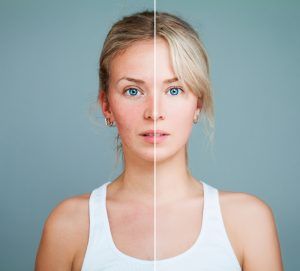
Rosacea Subtypes
There are four different types of rosacea:
- Erythematotelangiectatic rosacea (ETR): This type of rosacea is associated with flushing, redness in the face, and visibility of blood vessels.
- Papulopustular rosacea: With this type of rosacea, there is acne-like breakouts on the face. This type may occur more often in middle-aged women.
- Rhinophyma: This type is associated with thickening of the skin on the nose. This form is rare. It occurs more often in men and in combination with other types of rosacea.
- Ocular rosacea: With this type, the symptoms are focused around the eyes.
Complications of Rosacea
There are potential complications associated with rosacea.
- With rhinophyma, the skin surrounding the nose can become swollen, pulpy, and red. This is due to an enlargement of the sebaceous glands. It is more common in men.
- Blepharitis may occur. This is an inflammation of the eyelid that is very common in people who have rosacea. Daily cleaning with antibiotics can help to address this.
- Many people have issues with their cornea (the clear covering of the eyeball) that can result in scarring or bloodshot and watery eyes.
- Conjunctivitis (inflammation of the membrane of the eye) is a common problem.
- Vision loss may occur as a result of ocular issues that are not treated.
Aside from the physical discomfort associated with rosacea, there are other issues that may occur. Due to the inflammation and acne-like aspect of the disorder, people with rosacea may suffer from issues with self-esteem. They may avoid social gatherings and experience professional setbacks due to embarrassment about their physical appearance.
Addressing the Disorder
The first step in addressing rosacea is to understand your own triggers. Avoiding temperature extremes, stress, and spicy foods or beverages that exacerbate your condition can give you a sense of control.
In some people, alcohol can exacerbate the symptoms of rosacea, but people who don’t drink alcohol can develop the disorder. Thus, alcohol cannot be considered to be a potential cause of the disorder, but it may trigger or exacerbate an outbreak.
Stay away from makeup or lotions that exacerbate your condition. Over time, people learn the types of skin products that tend to trigger their rosacea.
Dermatologists also recommend these practices:
- Avoid direct sunlight.
- If you must be out in the sun, use a broad-spectrum sunscreen that has an SPF of at least 30. Some people find that sunscreens that contain zinc oxide and/or titanium dioxide do not irritate their skin as much.
- Find an appropriate cleanser to keep your face clean.
- Use only cool or lukewarm water when washing your face.
- Do not use washcloths, deodorant soaps, toners, or other skin care products that increase facial redness.
- Only use your fingertips to apply the appropriate cleanser to your face.
- Pat your face dry gently with a soft towel.
Green-tinted makeup designed specifically for people with rosacea can hide some of the redness and inflammation.
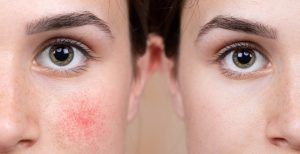
Light-Based Treatments
The use of light-based treatments for the skin or even lasers may be an effective approach to reduce redness and eliminate the visibility of blood vessels on the skin. Light-based treatments may also be appropriate for treating thicker areas of the skin.
In most cases, a series of treatments is needed. These are rarely covered by insurance, so the overall cost can be quite expensive.
Use of lasers by untrained individuals can be more damaging than the rosacea itself. Make sure the person treating you is certified and trained.
In some cases, the results of laser treatments may last for several months or even years. They can be particularly effective in reducing the visibility of veins in the face.
Medications
The goals of any type of medication is to prevent complications from rosacea and reduce the discomfort associated with the disorder. There are many different types of medications and other interventions that can be used in the treatment of rosacea. Some treatments may be more appropriate for different types of rosacea than others.
- The antibiotic Noritate (metronidazole) is typically a first-line drug applied to the skin.
- Topical acne medications may also be useful.
- Oral antibiotics, like doxycycline, minocycline, erythromycin, clarithromycin, or clindamycin, may be used. Doxycycline is considered preferable in most cases.
- Brimonidine and oxymetazoline are topical agents that can be used to treat erythema (redness or flushing).
- Soolantra (ivermectin) may address skin lesions.
- Retinoids, compounds that are similar to vitamin A, are sometimes used topically to address rosacea.
Antibiotics are more likely to address lesions, flaky skin, acne-like issues, and infections. A good regime of medication will most likely use several different medications along with behavioral interventions and even natural remedies.
Natural Remedies
Some natural products may also be used as topicals to address some of the symptoms of rosacea.
- Products containing camphor
- Apple cider vinegar
- Green tea cream
- Oatmeal
- Chamomile
- Niacinamide cream
Treatments to Manage Symptoms
All of the above treatments address the symptoms of rosacea, but they do not cure the disorder. In some cases, treatments may produce effects that can last for months or even years.
Work with your physician to maintain an ongoing treatment regime that includes skin care, medications, and other interventions to keep the disorder under control. This includes understanding your triggers and avoiding them.
Rosacea can be managed, but it must be continually monitored, especially in more severe cases.
References
Rosacea. (May 2018). Mayo Clinic.
What Is Rosacea? (December 2017). Medical News Today.
Rosacea: Types, Causes, and Remedies (May 2018). Healthline.
What Is Rosacea? National Rosacea Society.
Six Rosacea Skin Care Tips Dermatologists Give Their Patients. (2018). American Academy of Dermatology.
Lasers and Lights: How Well Do They Treat Rosacea? (2018). American Academy of Dermatology.
Interventions for Rosacea. (2015). Cochrane Review.

